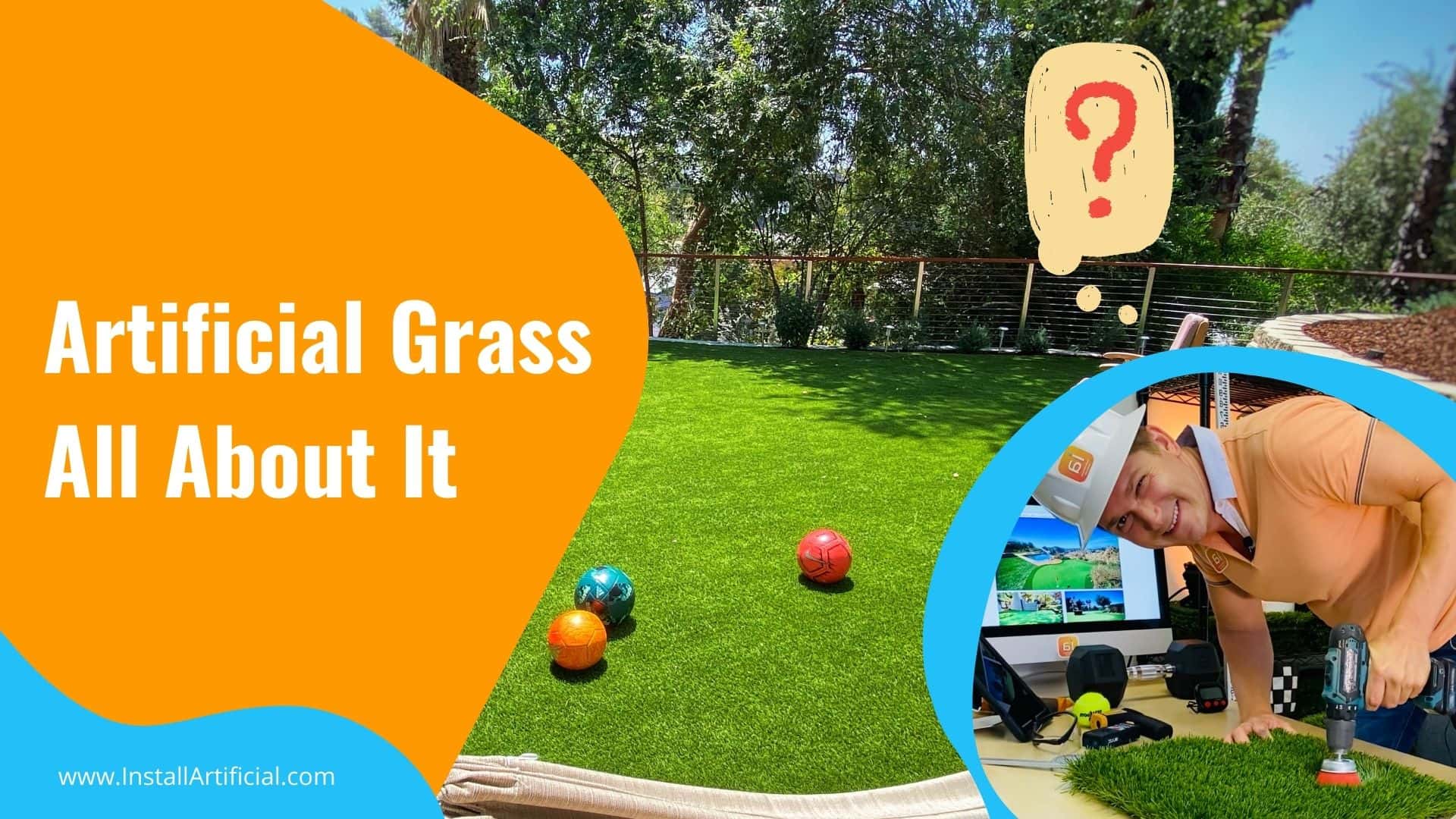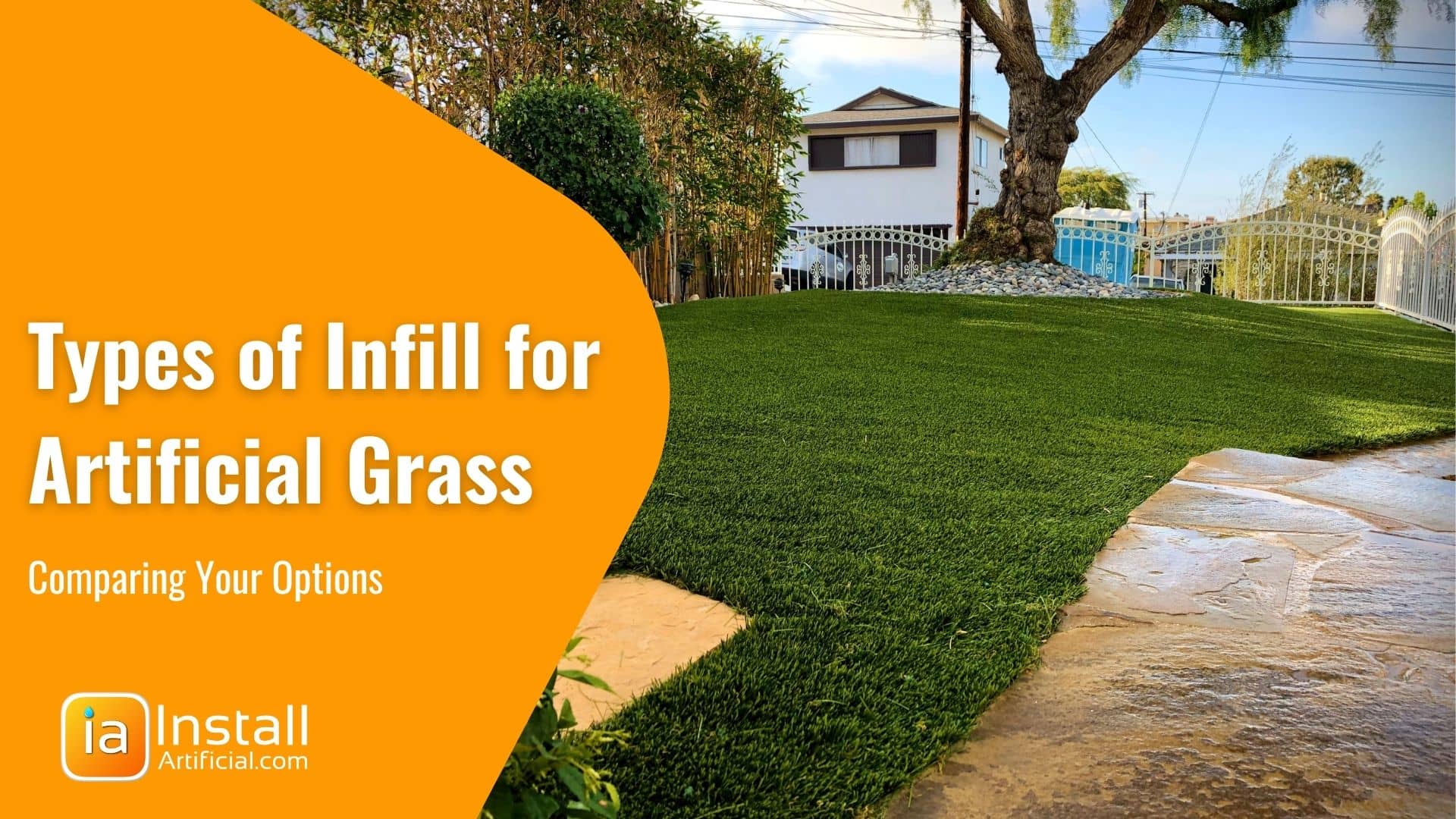
Is artificial grass right for you? Find the answers to the most important questions before you buy or install artificial grass. Learn key terms, the different types,...
Artificial grass matting is typically unavoidable and will begin to happen after years of use, similar to scratches on the floor. However, you can greatly extend the time frame that your lawn looks "newly installed" by following a few purchasing tips. Keep reading to learn more!
For the most part, synthetic grass is low-maintenance and allows you to leave all of the mowing, watering, and fertilizing behind you. However, this does not mean that you shouldn’t take a little extra care to prevent your grass from matting, as this will later require more work to bring it back to life.
So, let’s get to the actual definition of turf matting. Turf matting occurs when the fibers of your grass become entangled and are no longer in the upright position. Two factors that usually cause matting are excessive weight and heavy foot traffic. Over a significant amount of time, these factors can create a dead-looking space that takes away from the overall aesthetic. Keeping the grass blades vertical and using the right type of infill can greatly reduce matting and keep your investment looking new!
Ask yourself a few important questions before choosing the grass and sand infill you will use. Purchasing the correct artificial grass for your needs and traffic level will help prevent pre-mature matting from occurring.
If you answered yes to any of these questions, we recommend that you opt for a shorter, more durable turf to receive the best long-lasting performance results. Reference these categories below to know what will work best in your area.
Texture and Groove: Always check turf fiber specifications. Look for texture and grooves on the blades. This is a key sign that the turf fibers can handle wear and tear and are durable enough for high-traffic areas. If you end up with a pliable turf you may find yourself needing to rake and broom way more often than you'd like.
There are many different shaped and textured grass blades on the market. The more ribs or angles turf has in its blade structure, the more durable it is. Look for W, U, or S-Shaped Blades.
Choosing the Right Infill: The main purpose of sand infill is to add weight to the layout of the synthetic grass. When you choose the right infill, your grass will be strong and be able to handle more that comes its way. Two methods will reduce the wear and tear of the fibers and give your turf a much longer, healthier life.
If you want your turf fibers to maintain movement in high-traffic areas and areas where people are constantly entering and exiting, you should consider grass that is stiff yet springy. You should also use an infill blend that contains crumb rubber and Durafill/silica, about a 70/30 ratio. This will ensure that the fibers do not lose their memory and are durable enough for this type of area. We'd also suggest putting in a hardscape such as stepping-stones, pavers, or a concrete walkway. This will prevent some maintenance and still make for a beautiful landscape. If installing a hardscape is not an option, using a 100% crumb rubber infill can also prove helpful in keeping the maintenance low and the fibers upright.
A textured yet soft grass blade is excellent for a playground space. Since these are high-impact areas, choosing a crumb rubber/antibacterial sand blend at about an 80/20 ratio will help with impaction and allow the fibers to return to their upright position. With a playground space, you will experience some “walk-off,” which is essentially the crumb rubber granules getting stuck in shoes and thus “walking off” the turf. You can maintain this type of space by adding ½ inch of crumb rubber infill and raking it into the fibers every so often. For residential playgrounds, we recommend avoiding rubber and applying more antibacterial sand with a soft pad underlayment instead.
The rule of thumb with furniture, equipment, and/or toys is to keep things “on the move.” Furniture sitting for long periods can create indentations, especially when it is hot outside. If you want your grass to retain memory, you must move your furniture every so often. Brushing the turf after the furniture is removed may be necessary to bring the turf back to its upright position.
Choosing a turf that is designed for sports play is the best way to go for an area designed for recreation. These grasses have fibers that are created a little bit differently, usually without “thatch” and require crumb rubber/Durafill infills. This infill is pretty standard for sports areas, however, there are a variety of natural infills available.
We hope this information was helpful in purchasing the best turf and sand infills for your needs and intended use. At InstallArtificial, we always have a specialist on hand to help you select the best grass alternative for your space; whether it be a playground, sports field, or high traffic area in general. Contact us today!

Is artificial grass right for you? Find the answers to the most important questions before you buy or install artificial grass. Learn key terms, the different types,...

What is artificial turf infill and why is it necessary in most artificial grass installations? Learn the different types of infill and compare your options to decide...